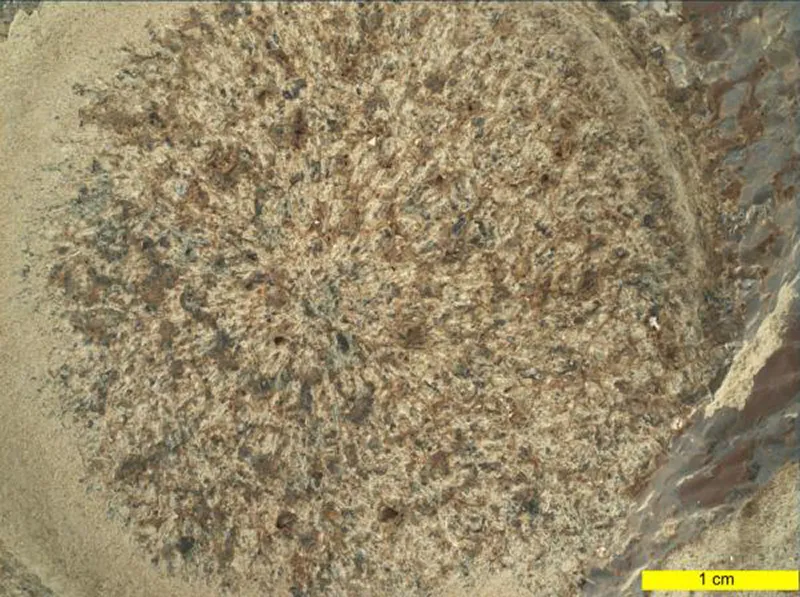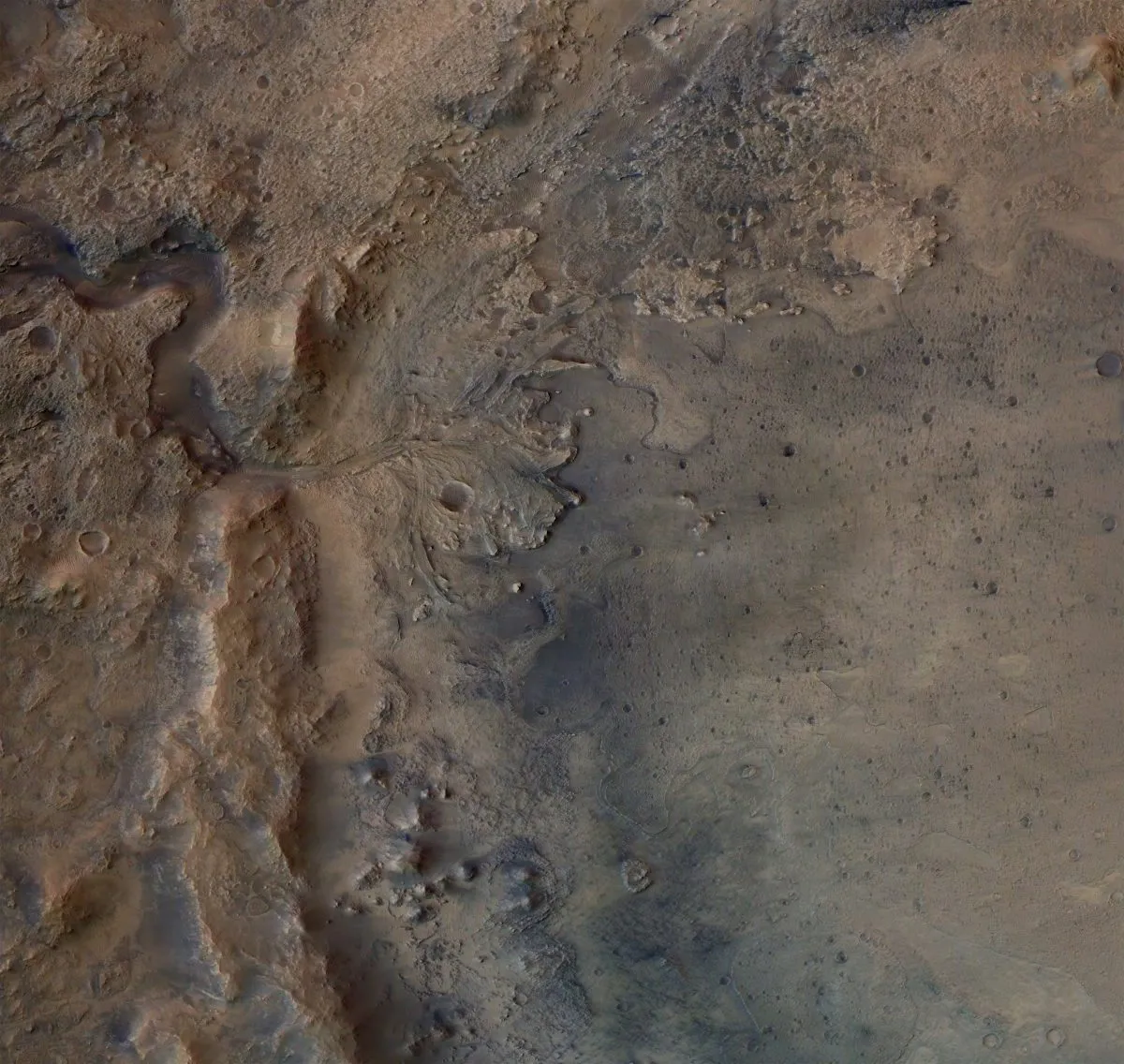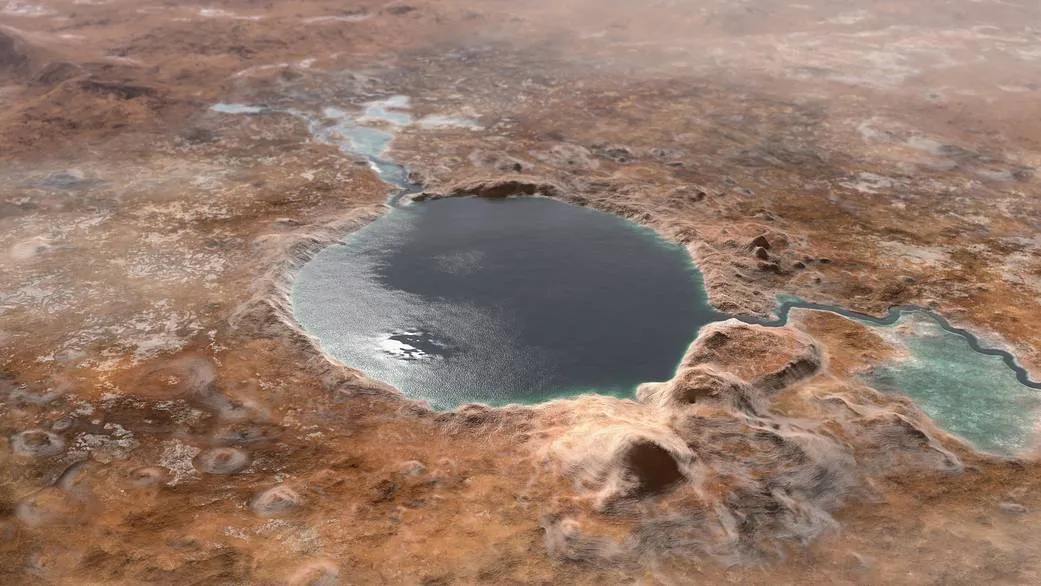The Perseverance rover may have found evidence of key building blocks of life in organic signatures hidden within Martian rocks.
The organics - a class of carbon-based molecule - were discovered in Mars's Jezero Crater and may have a geological source, but could also have been left by ancient microbial life.
The discovery was made using the SHERLOC (Scanning Habitable Environments with Raman & Luminescence for Organics & Chemicals) instrument on Perseverance's arm.
SHERLOC is a multi-tooled instrument that deploys cameras, spectrometers and a laser to search for organics and minerals that could have been affected by Mar's ancient wet history and which could be signs of past microbial life.
The news follows an earlier discovery that saw Perseverance find signs of an ancient river on Mars.
Click here to read more about how NASA's struggles to return Perseverance's samples to Earth

This discovery could be a key piece in the puzzle as to whether life exists - or ever did exist - elsewhere in the Solar System beyond Earth.
As Mars is known to have once been a warmer, wetter world than what we see today, it is an important body for study in the search for habitability.
"This is one of the first reports of potential organics in Jezero crater," says Ashley E. Murphy of the Planetary Science Institute and co-author of the study, which appears in the science journal Nature.
"The SHERLOC instrument on the Perseverance rover’s robotic arm allows for the spatial resolution needed to observe important mineral-organic relationships to evaluate potential biosignatures." Murphy says.
Sunanda Sharma of the Jet Propulsion Laboratory and Ryan D. Roppel of the University of Pittsburgh are co-lead authors of the study.

The study reports Perseverance's detection of "Raman and fluorescence spectra consistent with multiple species of aromatic organic molecules in the Máaz and Séítah formations within the Crater Floor sequences of Jezero crater."
"The big takeaway here is, with SHERLOC's grain-by-grain resolution we can finally observe variation in organic preservation within the rocks on Mars," Murphy says.
"The fluorescence features detected with SHERLOC are consistent with types of organics – single-ring aromatics and polycyclic aromatic hydrocarbons – previously observed in Gale Crater and Martian meteorites.
"The detection of diverse organics in two ancient lakes (Gale and Jezero craters) on Mars is important for understanding the extent and diversity of Martian surface processes and how this relates to habitability and potential life detection."
However, the study authors are keen to point out that not all organics are biological in origin, but that discoveries like this are key in determining how Martian geology compares to Earth, in terms of the preservation of organics and understanding the potential for Mars to host life.

Perseverance rover has been studying Jezero Crater since landing there on 18 February 2021.
The region is a 45km-wide feature that mission scientists believe may have once been flooded with water, and home to an ancient river delta.
As a result, any microbial life that ever existed on Mars could have been found in Jezero Crater, making it an important region for study.
Read the full paper at www.nature.com/articles/s41586-023-06143-z.
